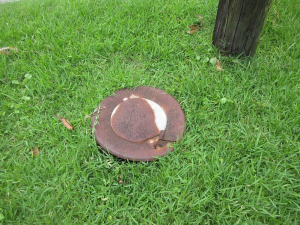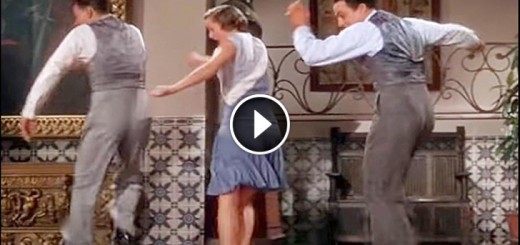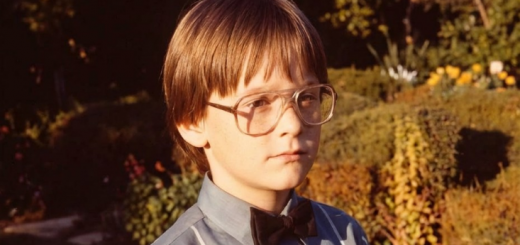A Look Back: How Mid-Century Communities Managed Everyday Waste
Do you recall those warm summer nights when everybody came out onto the streets, and one could hear only laughter and the noise of shovels as everyone was taking turns to dump their garbage into those old wheelbarrows? In the old days, dealing with waste was not only a responsibility but also a social event where people would sometimes gather and chat.
The ground garbage pail, a rather basic yet effective invention, used to be a common sight in many yards prior to the introduction of waste disposal services. These pails were usually cylindrical, made of galvanized steel, and partially buried in the ground to reduce smell and to deter animals. The part of it that was above the ground had a tight lid to ensure that animals did not get into the trash and to ensure that rain did not ruin the contents.

The ground garbage pail is a remnant of the era when people had to live off the land and not just as a preference but as a way of life. This way of disposing off waste was in line with the culture of the mid-20th century that was characterized by practicality and group work. People used to work together in tasks such as waste disposal which not only ensured the cleanliness of the environment but also fostered unity among the neighbors.
It may seem rather archaic in today’s world but the ground garbage pail was one of the steps in the process of waste management that has come a long way to become what it is today. It was another form of early understanding of the importance of preserving the environment, albeit in a basic manner, since waste was sorted and put in a manner that did not pollute the surrounding environment too much.

To understand the way of life of previous generations, it is helpful to think about how they dealt with simple tasks such as waste disposal. It brings back memories of the improvements made in terms of accessibility and cleanliness and makes us question the present state of the environment.
When we look at the ground garbage pail today, it is more than just an old method of disposing of trash; it is a relic of mid-twentieth-century culture, a blend of creativity and togetherness that characterized the times. While looking for new solutions to waste management in the modern world, the history like this one reminds us of the basic principles and the importance of community in solving the problems.




























